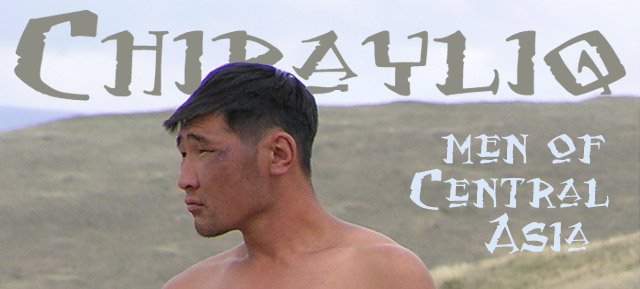Monday, 30 November 2009
Friday, 27 November 2009
Nose-vember: Cold noses
The concept of using drift ice as a means of scientific exploration of the Arctic, on so-called drift ice stations, originated in the Soviet Union in 1937, when the first such station in the world, North Pole-1, started operations.
Flickr user Razbalex has posted a big archive of photos from the third drift ice station North Pole-3 (in operation April 1954 to April 1955).

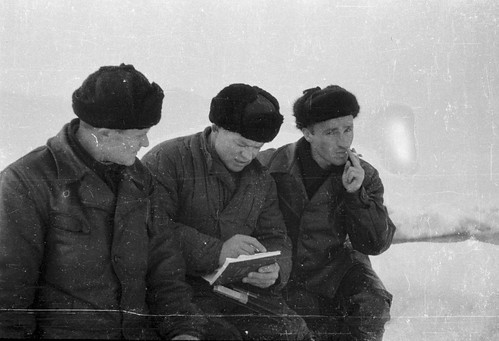
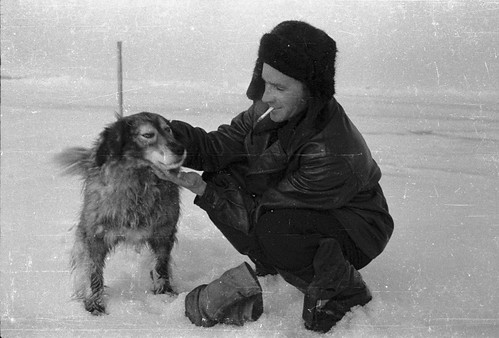
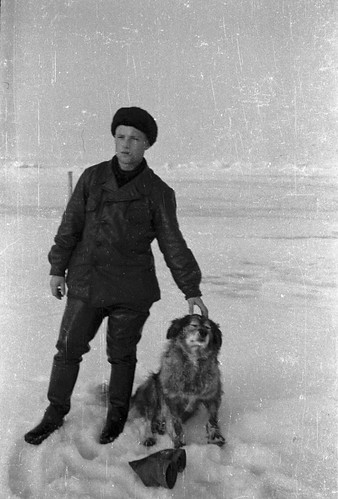
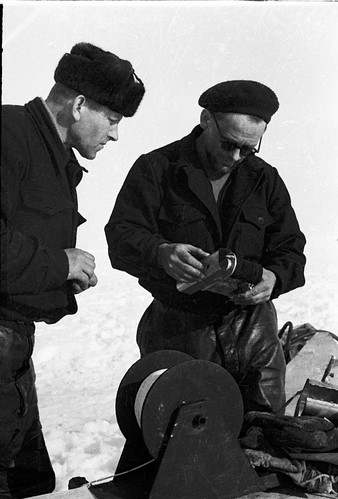

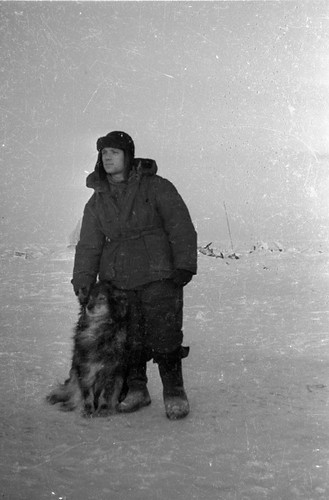
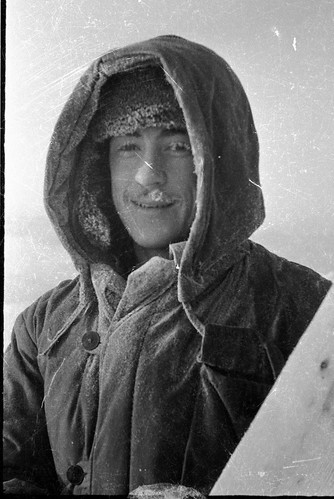
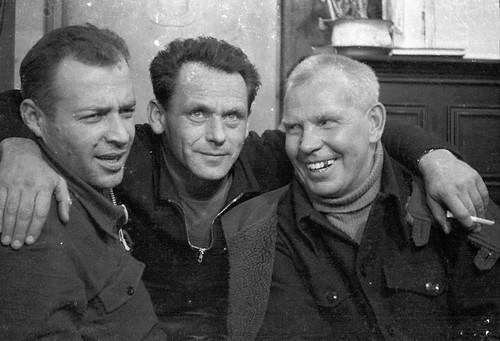

See all of the photos in Razbalex's Flickr set.
Flickr user Razbalex has posted a big archive of photos from the third drift ice station North Pole-3 (in operation April 1954 to April 1955).










See all of the photos in Razbalex's Flickr set.
Thursday, 26 November 2009
Man of the new East


Don't miss this article in the Uzbekistan art magazine San'at:
Lola Paizieva: Man of the new East. Portrait painting in Uzbekistan of the 1920s - 30s.
Unfortunately, the paintings above are not clearly identified in the article. They may be "Uzbek man. Samarkand" by famous Uzbek artist Ural Tansykbaev and "Collective farmer" by Alexander Volkov. Please correct me if I'm mistaken.
Monday, 23 November 2009
Nose-vember
So on Cute Overload, "Nom-vember" won, but here on Chirayliq it's still "Nose-vember".
Here are some random noses I found on photosight.ru (click them for larger size):

"Now, let's come up with something ... :-)" by Макс5

"Bad, or good?" by M.Biakaev

"Gogi and Givi send their regards" by AV: pashis пашис

"Absolutely insane picture about how two Georgian aesthetes spent their leisure time in a cultivated manner" by Ираклий Шанидзе

"1946: Pashka, the artillery soldier" by Vojage-Vojage
"In the photo is Pavel Belyakov, who went through the war, survived, but became almost completely deaf (because of the guns), then served until around 1960-63. He had great success among the ladies. An interesting thing is that he never wore his medals, of which he had quite a number, when he was on duty. He was Kuban Cossack."
Here are some random noses I found on photosight.ru (click them for larger size):

"Now, let's come up with something ... :-)" by Макс5

"Bad, or good?" by M.Biakaev

"Gogi and Givi send their regards" by AV: pashis пашис

"Absolutely insane picture about how two Georgian aesthetes spent their leisure time in a cultivated manner" by Ираклий Шанидзе

"1946: Pashka, the artillery soldier" by Vojage-Vojage
"In the photo is Pavel Belyakov, who went through the war, survived, but became almost completely deaf (because of the guns), then served until around 1960-63. He had great success among the ladies. An interesting thing is that he never wore his medals, of which he had quite a number, when he was on duty. He was Kuban Cossack."
Sunday, 1 November 2009
Uzbekistan in the 1930's

The professional photographer Max Penson documented life and ideals in Soviet Turkistan (today's Uzbekistan) that was going through enormous social and economic upheavals in the early 20th century. Penson was born to a poor Jewish family in Belarus, 1893, and escaped pogroms and persecution to Central Asia during the First World War. He worked as an art teacher in Kokand, but his life changed when he managed to obtain a camera in the early 1920's. Between 1920 and 1940 he produced 30,000 photographs of innumerable subjects including education, industrialization, military training, farming, leisure and portraiture. At the Paris World Exhibition in 1937, Penson was awarded the Grand Prix for his portrait of "The Uzbek Madonna", a young woman nursing her child. Sergei Eisenstein praised him for his dedication to his chosen homeland: "There cannot be many masters left who choose a specific terrain for their work, dedicate themselves completely to and make it an intergrated part of their personal destiny." (quoted in Enter)

Penson worked for Central Asia's largest newspaper, Pravda Vostoka, in Tashkent, until Stalin's purges of Jews in the late 1940's pushed him out of his position and into a decade of depression. Penson died in 1959, but his work lives on as a priceless document of a dynamic but also tragic chapter in Central Asian history. All these photographs were selected from the official Max Penson website. I sincerely recommend a visit to the website for much more information and photographs. There is also an interesting topical selection at the Nailya Alexander Gallery.

Students in class.

The sculptor Khaidarov at work on a Lenin bust.
Although I have selected images chiefly of Chirayliq interest, I hope that something of the wide range of Penson's techniques is conveyed to the casual reader. He created images for propagandistic purposes, but he was conscious of the importance of the human element - you may call it imperfection or an element of chance.

A cotton farmer resting.

Russians and Uzbeks celebrating a holiday - with a dombura, or is it a dutar?
While the propagandistic elements may come off as blatant - a bust of Lenin, a militant pose, a brand-new tractor - the human element is much more subtle, yet crucial: a wrinkled eyebrow, a shy smile that does not quite reach the mouth, a bemused gaze, a gesture of tenderness. Penson told his photographer son's editor: “My son is using a flash in his photos very often. Tell him to use his heart instead...” (Quote: Enter)

Portrait of an Uzbek man.

A soldier with field radio equipment.

An Uzbek boy with puppies.

Max Penson himself.
Do NOT miss the gallery section at the official Max Penson site. This is just a tiny selection! It's a must for anyone who is interested in Soviet and Central Asian history, and the art of photography.
Labels:
artists,
CCCP,
cute hats,
Jews,
Lenin,
moustache fetish,
professional photographers,
soldiers,
sportsmen,
teachers,
Uzbekistan
Subscribe to:
Comments (Atom)
